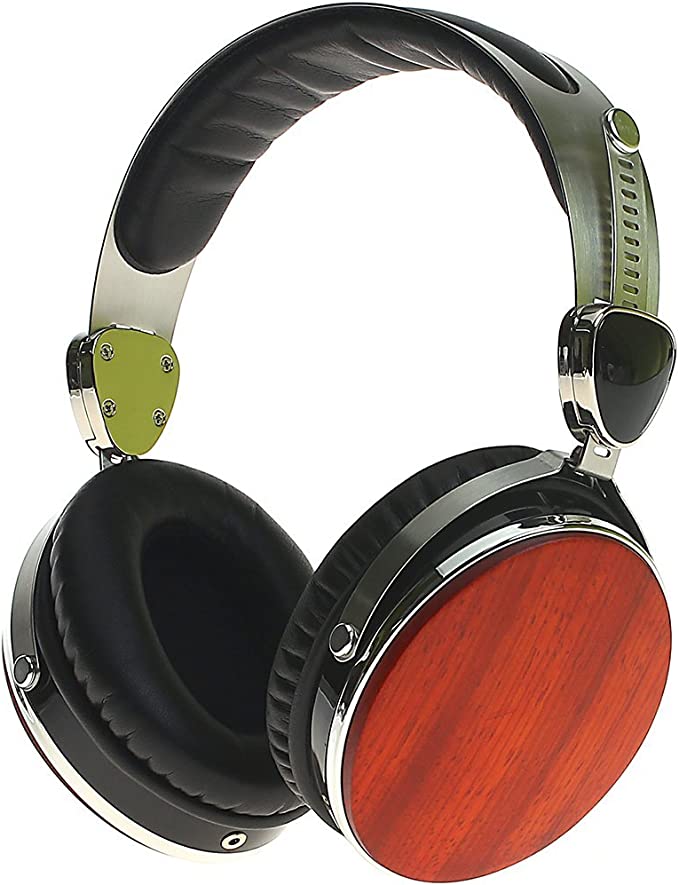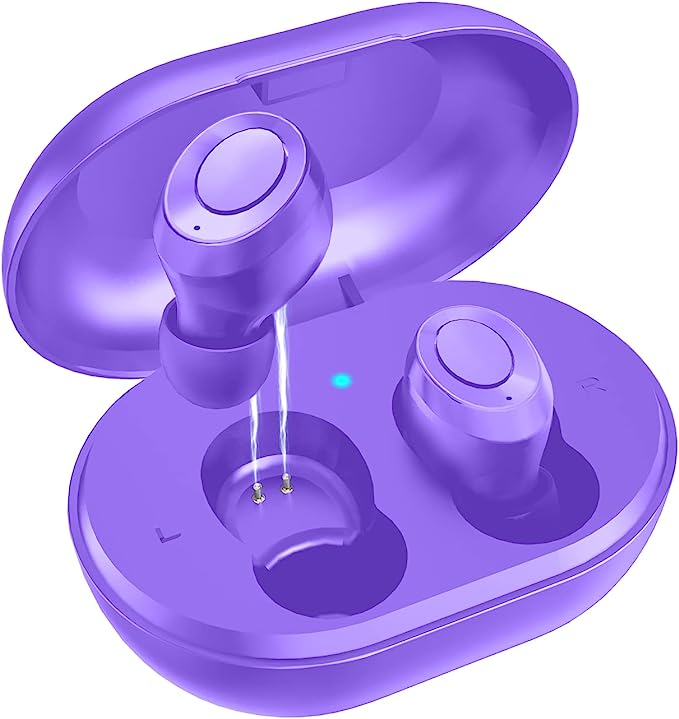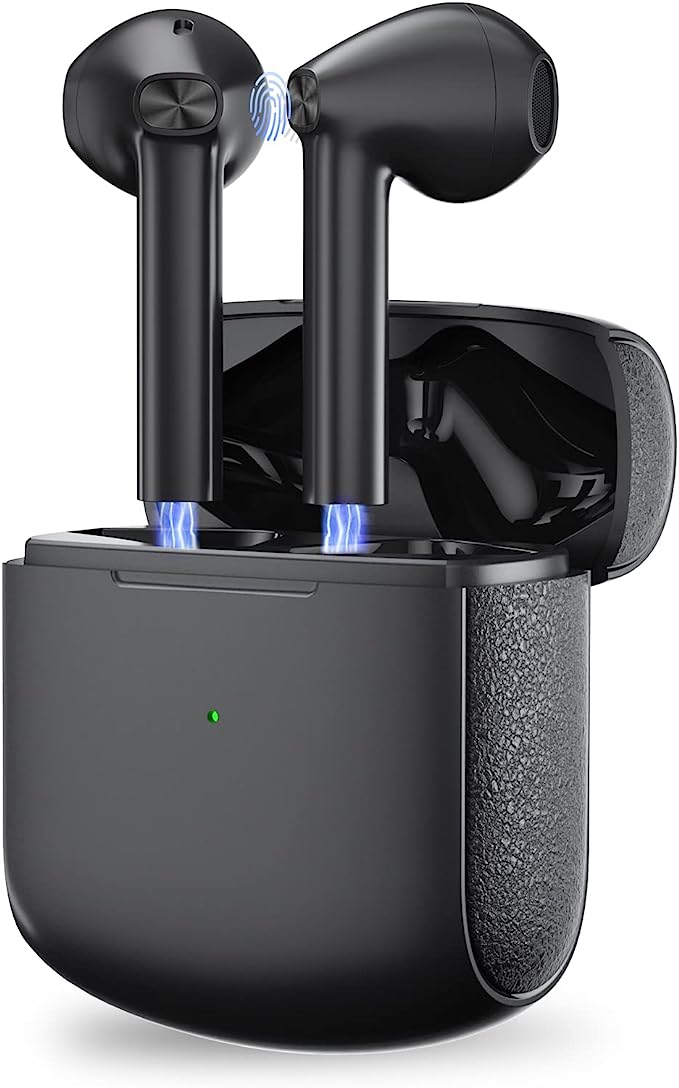The Illusion of Reality: How KEF's Speaker Science Bends the Rules of Physics
Update on July 15, 2025, 2:17 a.m.
The ultimate ambition of high-fidelity audio is not merely to reproduce sound, but to conjure an illusion. It is a grand act of trickery, aiming to collapse the walls of your listening room and transport you to the recording studio, the concert hall, or the smoky jazz club where the music was born. This is the “sonic hologram”—a three-dimensional, palpable recreation of a performance so convincing that the speakers themselves seem to vanish. For nearly a century, however, two fundamental laws of physics have stood as great barriers to this perfect illusion, two ghosts in the machine that even the finest engineers have struggled to exorcise.
The first is the ghost of location—the spatial incoherence that occurs when different parts of the music emanate from different points in space. The second is the ghost of the machine itself—the unwanted resonance and coloration that the speaker cabinet adds to the sound, like a musician playing out of tune. The story of modern loudspeaker design is the story of the war against these two phantoms. And in the KEF LS50 Wireless II, we find a compelling glimpse into a future where, through breathtaking science, that war might just be won.

The Quest for a Single Voice
Observe almost any traditional loudspeaker, and you will see a fundamental compromise: a smaller tweeter for high frequencies sits apart from a larger woofer for the midrange and bass. While a pragmatic solution, it is the original sin of stereo reproduction. The crisp shimmer of a cymbal and the rich warmth of a cello may be part of the same musical moment, but they begin their journey to your ears from physically separate locations. This spatial discrepancy, however minute, tears at the fabric of the sonic hologram, causing phase cancellations and timing errors that collapse the illusion of a single, unified performance. The soundstage becomes unstable, and the magic is confined to a narrow “sweet spot” directly between the speakers.
The dream of a “point source,” a driver that could emit all frequencies from a single point in space, is nearly as old as the Hi-Fi industry itself. Pioneers like Tannoy, with their remarkable “Dual Concentric” drivers developed in the late 1940s, first proved the profound musicality of the concept. But the limitations of the era’s materials and manufacturing meant these early designs were brilliant but imperfect compromises.
It was KEF, beginning in 1988, that picked up this historic mantle and relentlessly pursued the point-source ideal with scientific rigor. Leveraging technologies unimaginable to the early pioneers, KEF’s engineers harnessed the power of incredibly strong neodymium magnets—first developed by NASA—to build a tweeter compact enough to fit inside the acoustic center of the woofer’s voice coil. Using a sophisticated modeling technique called Finite Element Analysis, they could meticulously refine every curve of the cones and waveguides to perfect the dispersion. The result of this decades-long crusade is the Uni-Q driver array.
By placing the tweeter at the precise acoustic heart of the midrange cone, Uni-Q achieves what was once thought impossible: it creates a near-perfect point source. The physics of this achievement are profound. It ensures absolute “time alignment,” meaning the leading edge of a snare drum’s snap and the fundamental boom arrive at your ear at the exact same instant. It guarantees “phase coherence” across the critical crossover region, preventing frequencies from interfering with each other. For the listener, the science translates into a tangible experience: an astonishingly stable, detailed, and three-dimensional soundscape that remains intact no matter where you sit in the room. It is the first victory in making the speaker cabinet disappear.

Caging the Ghost in the Machine
The second, more insidious ghost is born from a paradox: the very box designed to house and support the driver becomes a source of its own distortion. As the driver cone pushes forward to create sound, it simultaneously pushes an equal amount of sound energy backward into the cabinet. This back-wave energy is chaos incarnate. It bounces around inside the enclosure, creating standing waves and resonances, eventually forcing its way back through the thin driver cone itself—a fraction of a second late and hopelessly smeared. This is cabinet coloration, the speaker’s own resonant voice singing along with the music, blurring detail and muddying the sound.
For decades, the solutions were crude but necessary: stuffing cabinets with wool or Dacron to absorb some energy, or adding heavy internal bracing to try and quell the vibrations. These methods help, but they are akin to patching a dam rather than diverting the river. KEF’s solution is a radical leap forward, drawn from the cutting edge of materials science: Metamaterial Absorption Technology (MAT).
A metamaterial is not a newly discovered element, but a man-made structure engineered to exhibit properties impossible in natural materials. MAT is a case in point. It is a flat, intricate, maze-like disc that sits behind the Uni-Q’s tweeter. This labyrinth is a highly complex acoustic trap, specifically designed to function as an “acoustic black hole” for the frequencies produced by the tweeter’s rearward motion. As the unwanted sound waves enter the maze, their energy is channeled through its convoluted pathways and efficiently converted into a negligible amount of heat.
The result is staggering. KEF claims, and measurements confirm, that MAT absorbs 99% of the unwanted sound from the rear of the tweeter. The ghost is not just caged; it is annihilated. By eliminating this primary source of high-frequency distortion, the sound that emerges is rendered with a purity and naturalness that is breathtaking. Delicate details once lost in the haze of resonance are revealed, and instruments take on a lifelike texture, free from the electronic glare that plagues lesser designs.

The Unseen Conductor
The final piece of the puzzle lies in a complete paradigm shift from traditional component Hi-Fi to a holistic, active design. In a conventional system, a single, all-purpose amplifier sends a full-range signal to the speaker, where a passive network of capacitors and coils called a crossover clumsily divides the frequencies between the drivers. It is an inefficient system fraught with potential mismatching.
The LS50 Wireless II discards this entire concept. It is a fully active loudspeaker, where each driver in each speaker is powered by its own dedicated, optimized amplifier—a powerful 280-watt Class D amp for the bass/midrange and a nimble, detailed 100-watt Class AB amp for the tweeter. This is orchestrated by the system’s “unseen conductor”: a powerful Digital Signal Processor (DSP).
This digital brain revolutionizes performance. The crossover is now handled in the digital domain, before the amplifiers, allowing for far steeper and more precise filtering than any passive network could manage. The DSP can apply microscopic corrections to the signal, linearizing the inherent response of each individual driver. It ensures perfect time alignment and manages the entire system with a level of control that a collection of separate boxes could never achieve. This integrated, active approach is the final step, ensuring that the pristine signal created by the source is delivered to the immaculately engineered drivers with absolute fidelity.
It is this synergy—the point-source coherence of Uni-Q, the distortion-canceling purity of MAT, and the total control of an active DSP design—that completes the great illusion. They are not three separate features but one unified system, working in concert to achieve a single goal: to overcome the physical limitations of a loudspeaker. They work to erase the box, to silence the ghosts, and to let the technology vanish, leaving behind nothing but the pure, holographic reality of the music itself.

















































